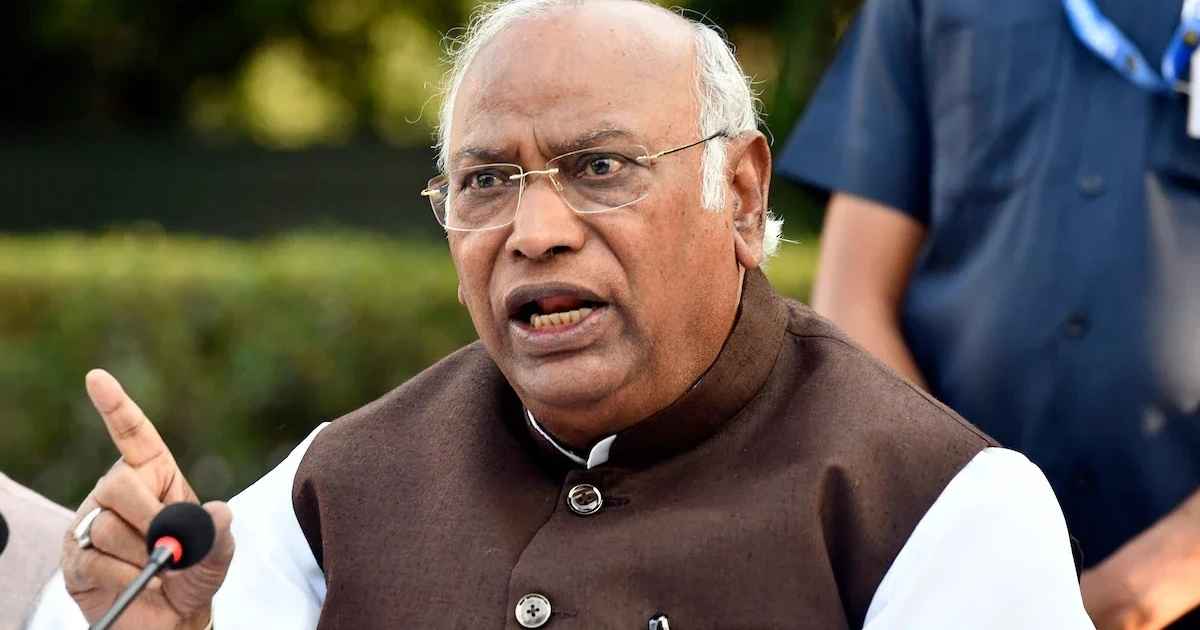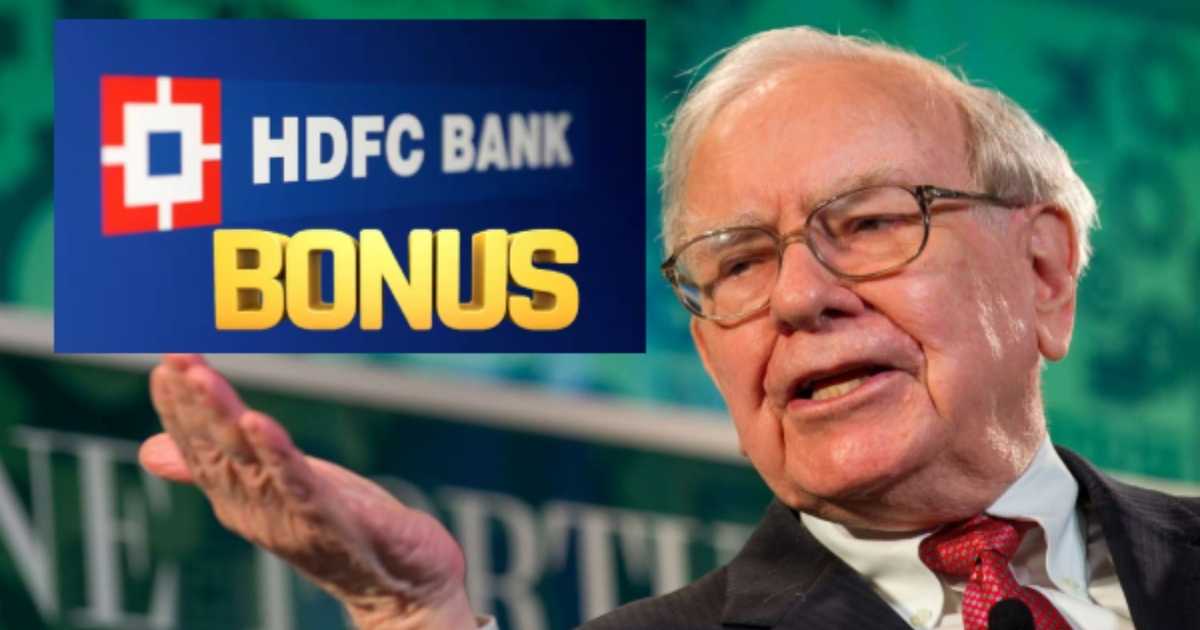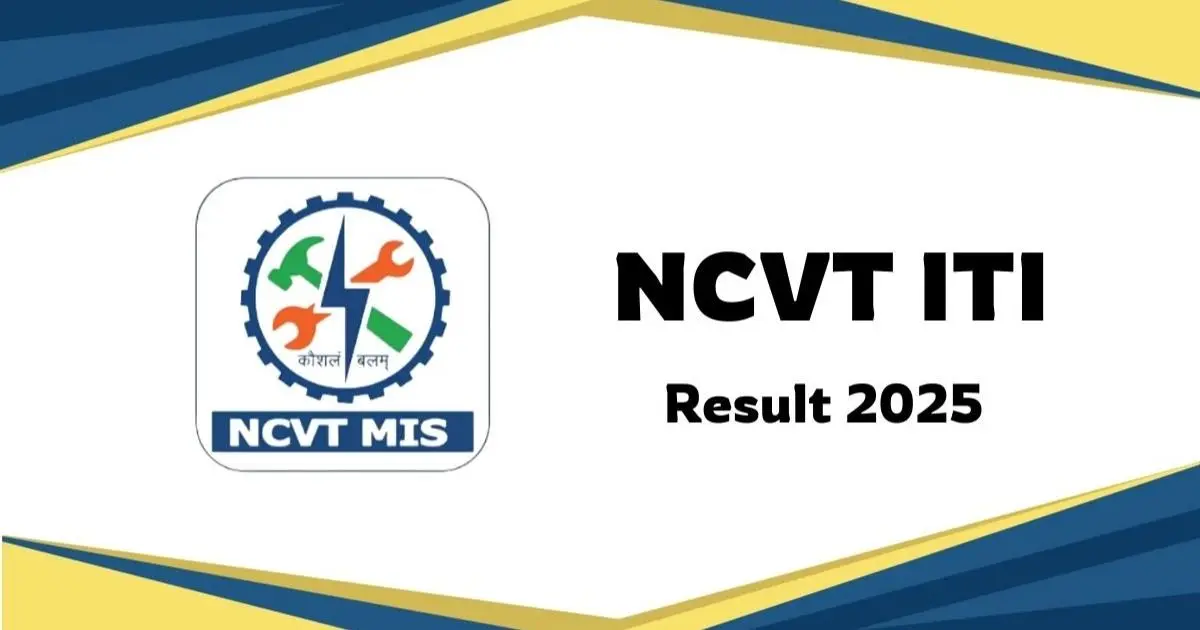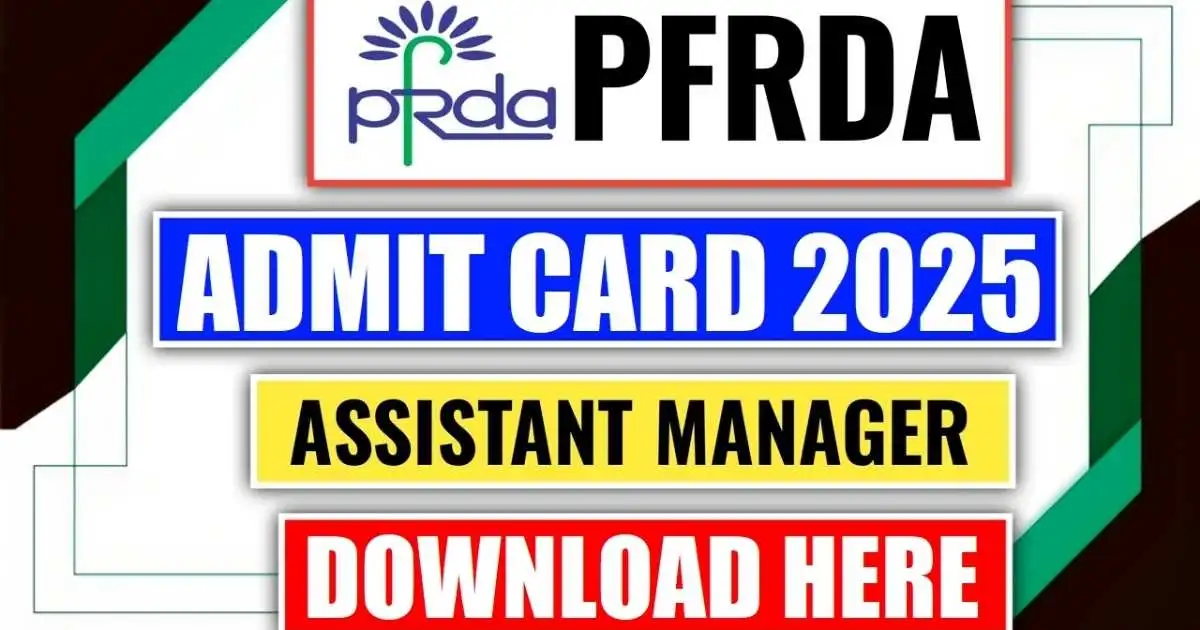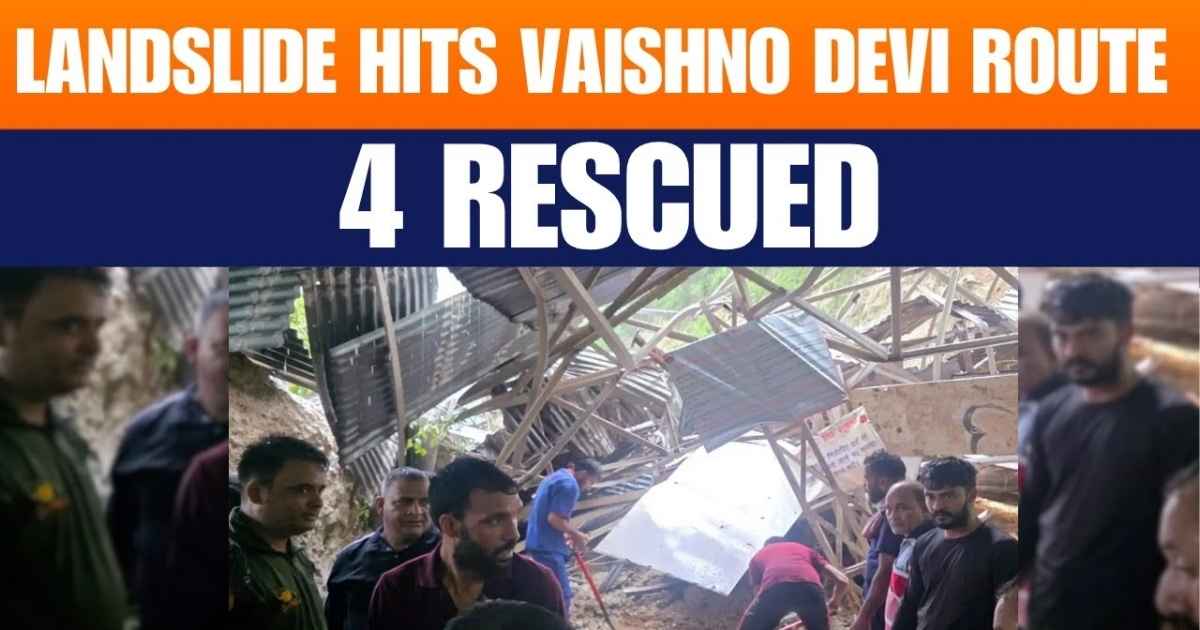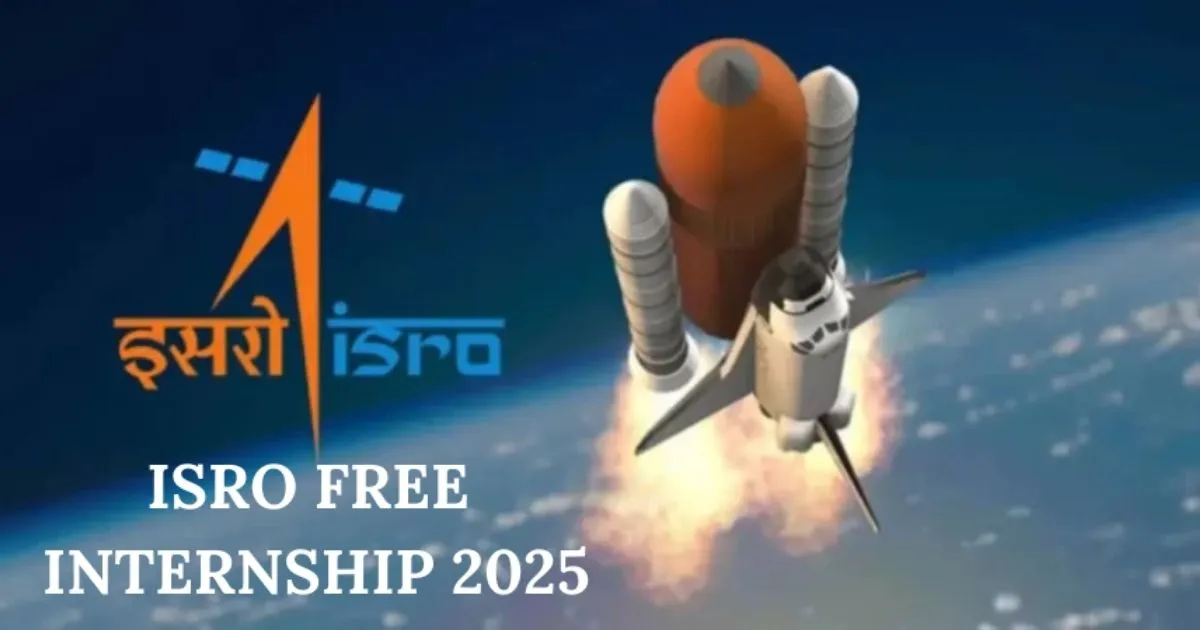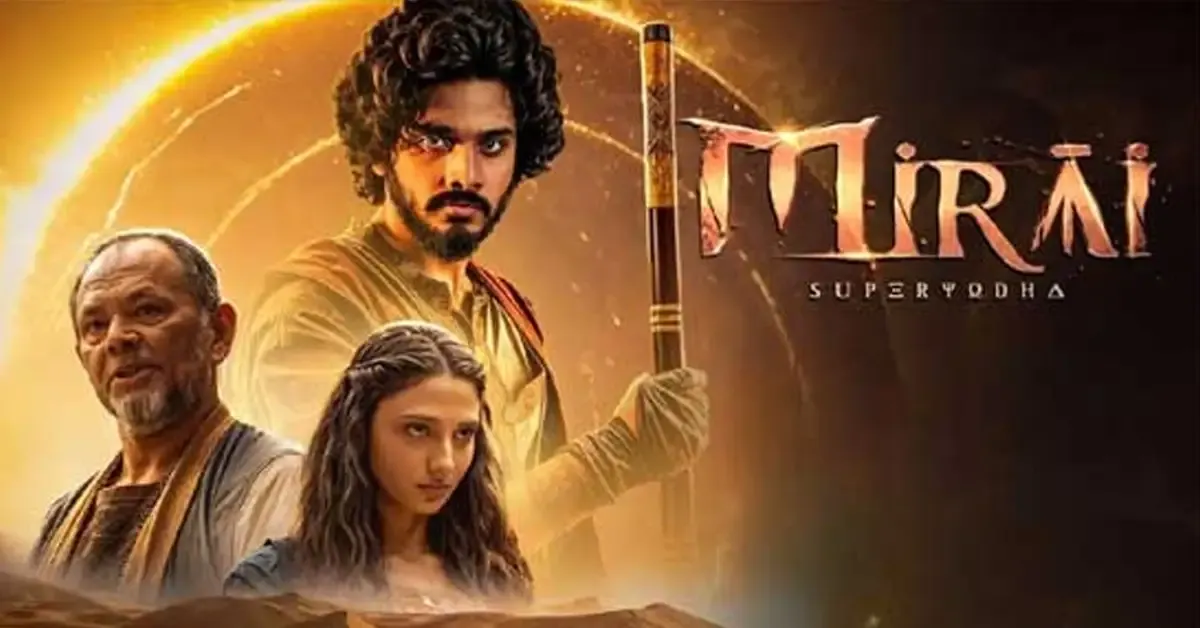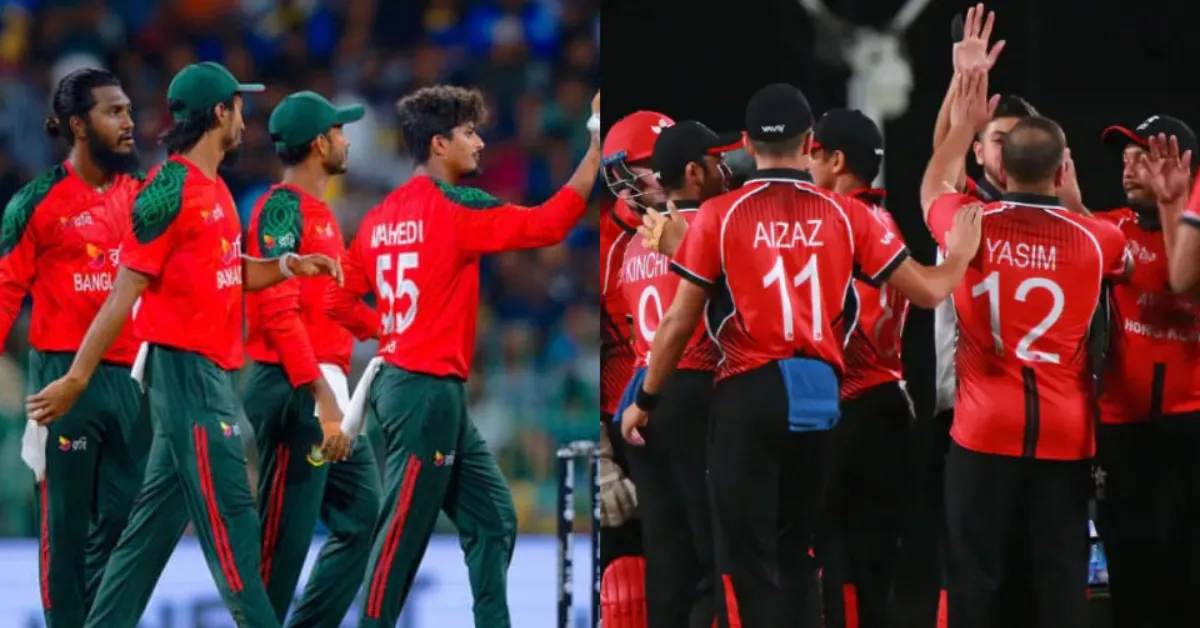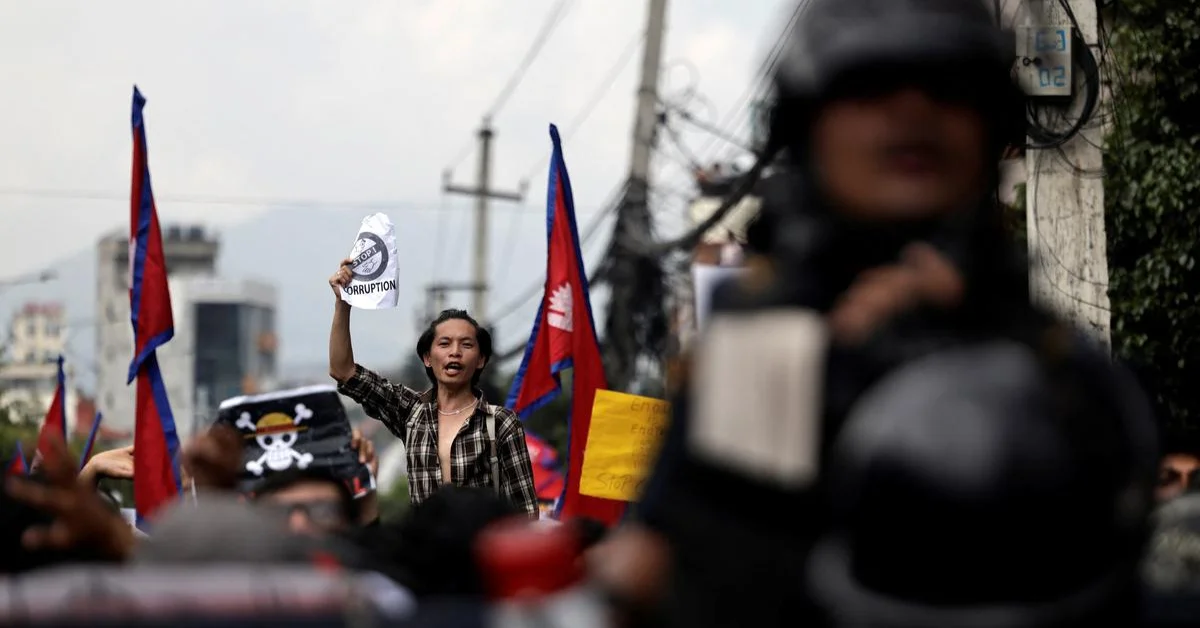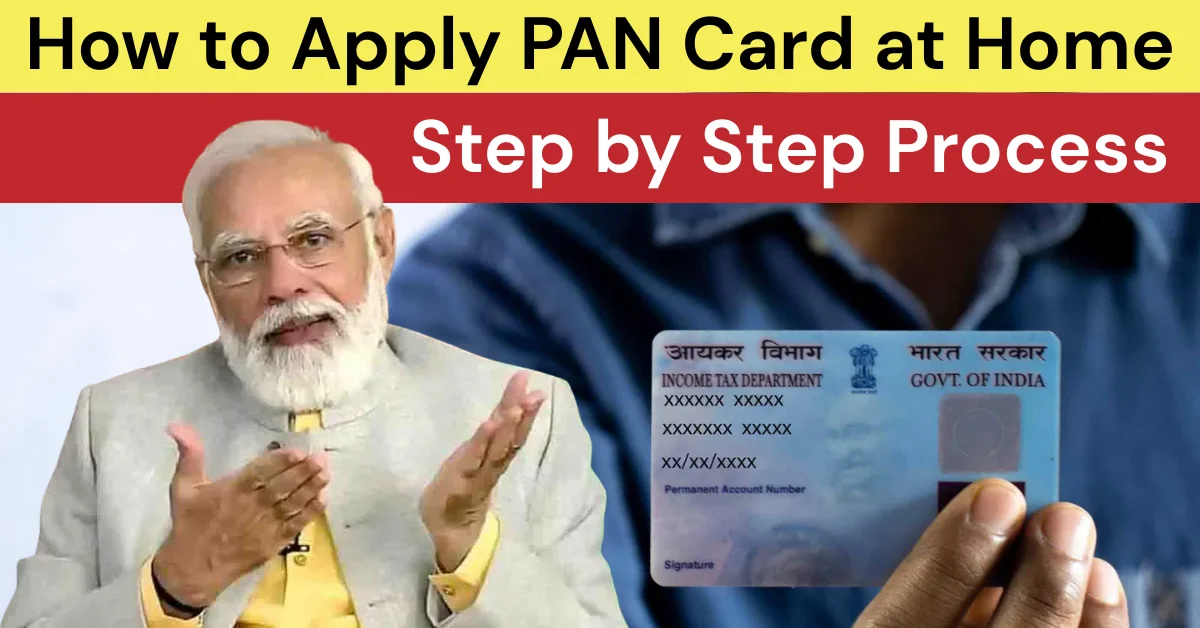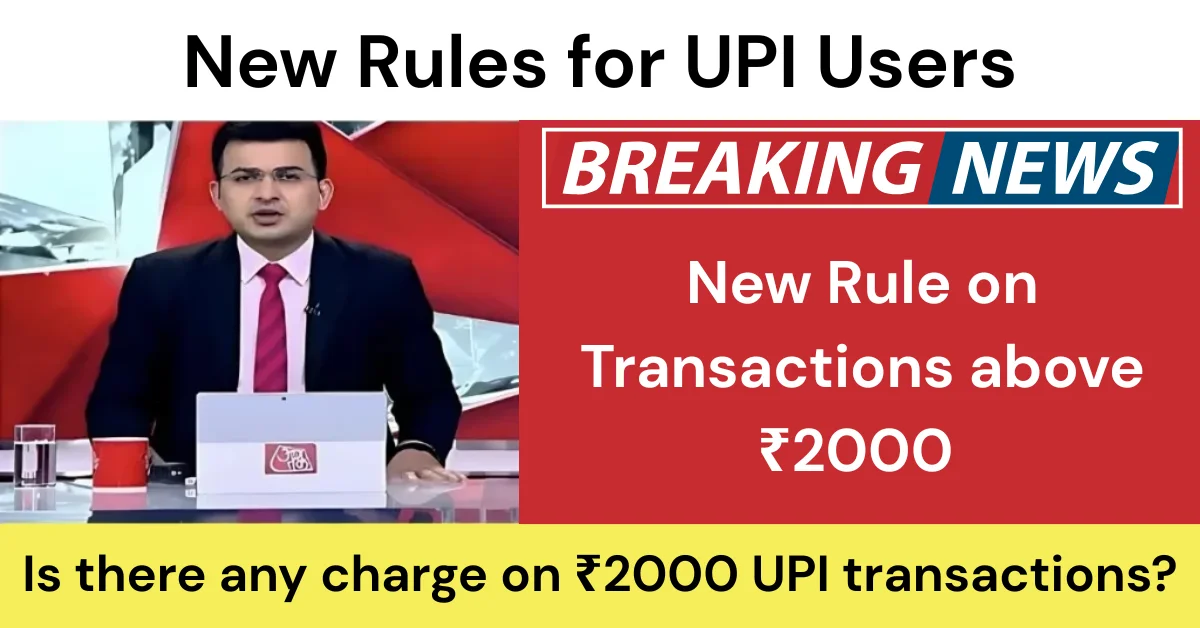Congress President Mallikarjun Kharge has launched a scathing attack on Prime Minister Narendra Modi, contrasting his leadership style with that of former Prime Minister Dr. Manmohan Singh and questioning the BJP government’s actual achievements versus its publicity-driven approach.
In a sharply critical address at the Dr. Manmohan Singh Fellowship Programme function at Congress headquarters, Mallikarjun Kharge delivered one of his most pointed assessments of the Modi government’s performance. The Congress president’s remarks centered on what he characterized as a fundamental difference in leadership approaches between Modi and his predecessor, Manmohan Singh.
The Core Allegation: Style Over Substance
Kharge’s central criticism focused on Modi’s preference for rhetoric over governance. Speaking at the Congress party’s Indira Bhawan headquarters, the veteran politician made a direct comparison that has since become the cornerstone of opposition discourse against the current government.
“He used to talk less and work more. But today’s prime minister talks more and works a little less. Manmohan Singh ji was always present in the House during Parliament sessions. He used to answer questions and respond to the Opposition’s comments as well. Today’s prime minister considers this an insult”
This statement encapsulates what Kharge sees as a declining standards of parliamentary democracy under Modi’s leadership. The Congress president specifically highlighted how Manmohan Singh maintained regular attendance in Parliament and engaged constructively with opposition questions, contrasting this with Modi’s perceived reluctance to face parliamentary scrutiny.
Parliamentary Accountability: A Tale of Two Leaders
Manmohan Singh’s Parliamentary Record
During his tenure as Prime Minister (2004-2014), Dr. Manmohan Singh was known for his consistent parliamentary attendance and willingness to engage with opposition questions. Kharge emphasized that Singh “was always present in the House during Parliament sessions” and actively responded to opposition concerns.
The UPA era under Singh’s leadership was characterized by:
- Regular Prime Ministerial presence during Question Hour
- Active engagement with opposition queries
- Transparent parliamentary discourse
- Respect for democratic traditions and institutions
Modi’s Parliamentary Engagement
Kharge’s criticism of Modi’s parliamentary behavior centers on several key observations:
Attendance Concerns: While government sources claim Modi has high parliamentary attendance, opposition leaders consistently raise concerns about his availability for scrutiny. Kharge specifically mentioned that Modi “considers responding to questions raised by the Opposition an insult”.
Unresponsive to Critical Issues: The Congress president cited specific instances where the opposition raised important matters, including:
- Special Intensive Revision (SIR) of electoral rolls in Bihar
- Halting of Operation Sindoor
- Various other policy concerns that allegedly went unanswered
Economic Performance: UPA vs. NDA Comparison
Manmohan Singh’s Economic Legacy
Kharge’s defense of the UPA era focused on several quantifiable achievements during Manmohan Singh’s tenure:
GDP Growth Performance: Under Singh’s leadership, India achieved remarkable economic growth:
- Average GDP growth rate of 7.7% during UPA I & II (2004-2014)
- Peak growth of 10.03% in 2010-11
- Average growth rate exceeding 8.5% during his tenure
- Sustained high growth despite global financial crisis of 2007-08
Poverty Alleviation: The UPA government achieved significant success in reducing poverty:
- Poverty ratio decreased from 37.2% in 2004 to 21.9% in 2012
- Number of poor reduced from 40.71 crore to 26.93 crore
- Fastest pace of poverty reduction in India’s history according to Chief Economic Advisor
Infrastructure and Financial Inclusion: Kharge highlighted several foundational initiatives:
- Launch of Aadhaar system
- Bank account opening for over half of rural households by 2014
- Foundation of Direct Benefit Transfer (DBT) system
- Digital revolution groundwork
Modi Government’s Economic Challenges
While acknowledging some growth under Modi, Kharge pointed to several concerning trends:
Employment Crisis: Despite promises of creating 2 crore jobs annually, the reality has been starkly different:
- Net loss of over 70 lakh jobs between 2016-17 and 2022-23
- Unemployment rate rose to 8.1% in April 2024
- Current unemployment around 8%, among highest for developing nations
- Promise of 2 crore annual jobs remains largely unfulfilled
GDP Growth Concerns: While Modi’s supporters highlight growth figures, critics point to:
- GDP growth becoming “habitual of 5-6%” compared to UPA’s 8% average
- Economic inequality reaching highest levels in 100 years
- Mixed economic performance despite high-profile announcements
Read More: Ghazal Alagh: Inspiring Journey of Mamaearth’s Co-founder & India’s First Toxin-Free Brand
Social Welfare Achievements: MGNREGA and Beyond
MGNREGA: A Transformative Rural Employment Program
One of the most significant achievements Kharge highlighted from the UPA era was the Mahatma Gandhi National Rural Employment Guarantee Act (MGNREGA), launched in 2005 under Manmohan Singh’s government.
Quantitative Impact of MGNREGA:
- 880 crore person-days of work generated since inception
- Average of 50 million households employed annually
- ₹1,10,000 crore distributed directly as wages
- 52% beneficiaries from SC/ST communities
- 47% women beneficiaries, promoting gender empowerment
Structural Benefits:
- Legal guarantee of 100 days employment per rural household
- Unemployment allowance if work not provided within 15 days
- Creation of durable rural assets
- Women guaranteed 50% participation
Other UPA Social Welfare Initiatives
Kharge also highlighted other significant UPA achievements:
- Right to Information Act
- Right to Education Act
- Food Security Act
- Forest Rights Act
- ₹70,000 crore farmer loan waiver
Democratic Institutions and Governance Style
Institutional Respect vs. Institutional Capture
Kharge’s criticism extends beyond economic performance to fundamental questions about democratic governance and institutional integrity:
UPA’s Approach to Institutions:
- Accommodation of opposition in key parliamentary positions
- Deputy Speaker post traditionally offered to opposition
- Respectful engagement with constitutional bodies
- Transparent policy-making processes
Current Government’s Institutional Relations:
- Deputy Speaker post vacant for 11 years, breaking parliamentary tradition
- Alleged weakening of constitutional institutions
- “Politics dominated by show and propaganda”
- Democratic institutions under attack according to opposition
Leadership Philosophy: Substance vs. Spectacle
Manmohan Singh’s Governance Approach
Kharge painted Singh as representing a different model of leadership:
Characteristics of Singh’s Leadership:
- Quiet, scholarly approach to governance
- Focus on policy implementation over publicity
- Deep engagement with parliamentary processes
- Evidence-based decision making
- International respect for economic expertise
“Those who become leaders after studying have more knowledge, they work more. They do not pay much attention to publicity”
Modi’s Leadership Style
Kharge’s critique of Modi’s approach included:
Perceived Priorities:
- Emphasis on publicity and image management
- Extensive foreign travel (42 countries) while domestic issues persist
- Focus on rhetoric over substantive policy delivery
- Avoidance of parliamentary accountability
Policy Implementation Concerns:
- “Not even 10% of the work done during Singh’s time”
- Unfulfilled promises becoming a pattern
- Show-driven politics over actual governance
Read More: Bigg Boss 19 Contestants List 2025: Full Confirmed Names, Profiles, Premiere Date, Theme, FAQs
Specific Policy Failures and Unfulfilled Promises
Employment Generation Promises
The promise of 2 crore jobs annually has become a major point of opposition attack:
Original Promise vs. Reality:
- Modi’s 2014 promise: 2 crore jobs per year
- Actual outcome: Net job losses in many sectors
- Current unemployment: Around 8%, among highest globally
- Youth unemployment particularly concerning
Government’s Defense Mechanisms:
- Use of EPFO data to claim job creation
- Including existing worker registrations as “new jobs”
- Rozgar Mela initiatives providing limited permanent employment
- Contractual employment replacing permanent positions
Agricultural Sector Challenges
Kharge specifically highlighted the deteriorating condition of farmers:
Farmer Distress Indicators:
- “700 farmers martyred but no government inquiry”
- Persistent agricultural income stagnation
- Inadequate MSP implementation
- Limited loan waiver compared to UPA’s ₹70,000 crore package
Constitutional and Democratic Concerns
Electoral Integrity Questions
The controversy over Bihar’s Special Intensive Revision (SIR) of electoral rolls has become a flashpoint:
Opposition Concerns:
- 35 lakh voters potentially untraceable
- Allegations of systematic voter suppression
- Targeting of marginalized communities
- Timing suspicious before state elections
Democratic Implications:
- Questions about free and fair electoral processes
- Burden of proof shifted to individual citizens
- Parallels drawn to NRC-CAA concerns
- Potential disenfranchisement of legitimate voters
Foreign Policy vs. Domestic Governance
International Travel vs. Domestic Attention
Kharge repeatedly criticized Modi’s extensive international travel while domestic issues remain unaddressed:
Travel Pattern Criticism:
- 42 countries visited but never to Manipur during crisis
- International image building prioritized over domestic problem-solving
- “Modi ji, where are you?” during domestic crises
- Disconnect between international presence and local governance
Economic Policy Comparison: Reforms vs. Results
1991 Economic Reforms Legacy
Manmohan Singh’s role as architect of India’s 1991 economic liberalization remains his enduring legacy:
Transformative Impact:
- Ended balance of payments crisis
- Set foundation for sustained economic growth
- Opened India to global markets
- Created framework for modern Indian economy
Current Economic Management
While Modi government claims economic success, critics point to several concerns:
Structural Issues:
- High unemployment despite growth claims
- Increasing economic inequality
- Public sector decline
- Rural distress continuing
Parliamentary Democracy and Opposition Relations
Nehru-Modi Parliamentary Comparison
Kharge has previously drawn comparisons between Nehru’s respectful treatment of opposition and Modi’s allegedly dismissive approach:
Nehru’s Parliamentary Legacy:
- Active engagement with opposition questions
- Respect for parliamentary traditions
- Collaborative approach to governance
- Constitutional respect for dissent
Current Parliamentary Dynamics:
- Reduced parliamentary debate quality
- Opposition concerns about procedural fairness
- Questions about government’s willingness to engage
- Democratic discourse quality concerns
Social Justice and Inclusive Development
UPA’s Inclusive Growth Model
Kharge emphasized the UPA’s focus on inclusive development:
Social Justice Initiatives:
- MGNREGA for rural employment security
- Rights-based legislation framework
- Focus on marginalized communities
- Women’s empowerment through policy
Current Government’s Social Policies
Opposition criticism of current social policies includes:
Concerns Raised:
- Public sector erosion
- Reduction in social welfare spending
- Marginalization of vulnerable groups
- Weakening of affirmative action policies
Read More: Google Pixel 10 Packed With Tensor G5 AI Power, Camera Upgrades, and 7-Year Updates
Media Relations and Public Communication
Communication Style Differences
The contrast in communication approaches between the two leaders is stark:
Manmohan Singh’s Approach:
- Measured, scholarly communication
- Focus on policy substance over style
- Limited but meaningful public appearances
- Emphasis on institutional channels
Modi’s Communication Strategy:
- High-frequency public appearances
- Social media prominence
- Rally-centric political communication
- Image-focused messaging
Future Implications and Democratic Health
Democracy’s Institutional Foundations
Kharge’s criticism extends to concerns about democratic institutional health:
Warning Signs Identified:
- Institutional autonomy erosion
- Parliamentary tradition breakdown
- Opposition space reduction
- Constitutional principle challenges
Path Forward for Democratic Governance
The Congress president outlined what he sees as necessary for healthy democracy:
Required Changes:
- Restoration of parliamentary respect
- Genuine opposition engagement
- Policy-focused governance
- Constitutional principle adherence
Frequently Asked Questions (FAQs)
Q1: What specific achievements did Kharge highlight about Manmohan Singh’s tenure?
A: Kharge highlighted several key achievements including an average GDP growth rate of 7.7-8.5%, reduction in poverty from 37.2% to 21.9%, launch of MGNREGA which generated 880 crore person-days of employment, initiation of Aadhaar, financial inclusion with bank accounts for over half of rural households, and major social welfare legislation like Right to Information and Food Security Acts.
Q2: What are the main criticisms Kharge leveled against Modi’s governance style?
A: Kharge’s primary criticisms include Modi’s tendency to “talk more and work less,” avoidance of parliamentary scrutiny, failure to deliver on the promise of 2 crore jobs annually, extensive foreign travel while ignoring domestic crises like Manipur, and prioritizing publicity over substantive policy implementation.
Q3: How does the employment situation compare between UPA and NDA periods?
A: During the UPA era, MGNREGA provided employment to an average of 50 million households annually with 880 crore person-days generated. In contrast, despite Modi’s promise of 2 crore jobs annually, there has been a net loss of over 70 lakh jobs between 2016-17 and 2022-23, with unemployment rising to around 8%.
Q4: What is the controversy surrounding Bihar’s electoral roll revision?
A: The Special Intensive Revision (SIR) of Bihar’s electoral rolls has become controversial with 35 lakh voters potentially untraceable. Opposition parties allege this is systematic voter suppression targeting marginalized communities, while the Election Commission maintains it’s necessary administrative cleaning of voter lists.
Q5: How do the economic growth rates compare between the two administrations?
A: The UPA government achieved an average GDP growth rate of 7.7% with peak growth of 10.03% in 2010-11. While the Modi government has also achieved significant growth, critics argue it has become “habitual of 5-6%” compared to UPA’s consistent 8% average, with concerns about unemployment and inequality rising.
Q6: What was MGNREGA’s impact on rural India?
A: MGNREGA, launched in 2005, has been transformative for rural India by providing legal guarantee of 100 days employment per household, generating ₹1,10,000 crore in direct wage payments, employing 52% beneficiaries from SC/ST communities and 47% women, while creating durable rural assets.
Q7: How does parliamentary attendance and engagement differ between the two leaders?
A: Kharge emphasized that Manmohan Singh “was always present in the House during Parliament sessions” and actively responded to opposition questions. In contrast, he alleges Modi considers responding to opposition questions “an insult” and has been less accessible for parliamentary scrutiny.
Q8: What are the key unfulfilled promises Kharge highlighted?
A: Major unfulfilled promises include 2 crore jobs annually, doubling farmers’ income, bringing down inflation, ending corruption and terrorism, ₹5 lakh to every citizen, and the broader “Acche Din” promise. Kharge characterized Modi as “Sardar of lies” for these undelivered commitments.
